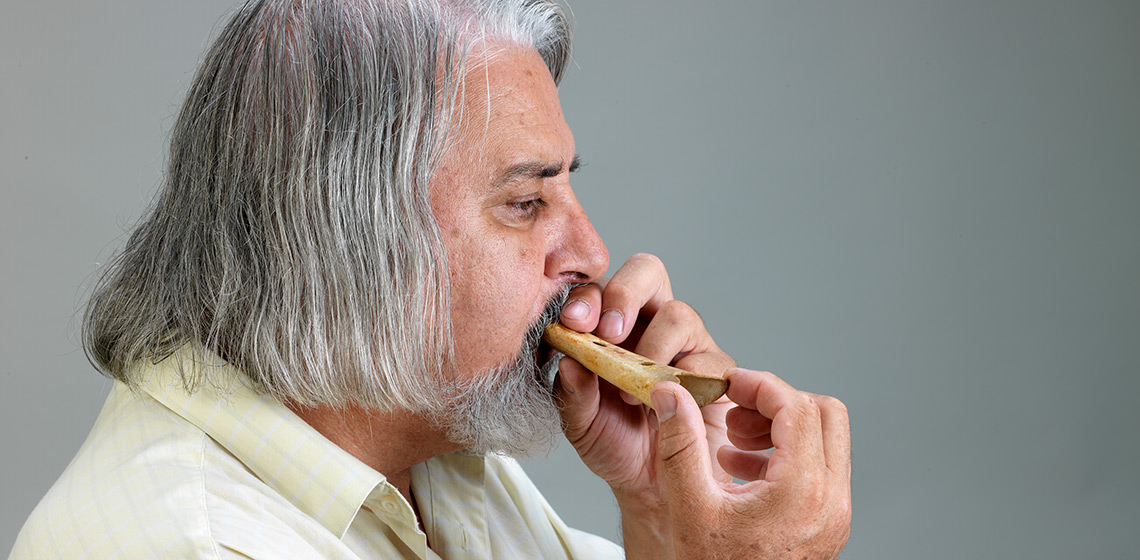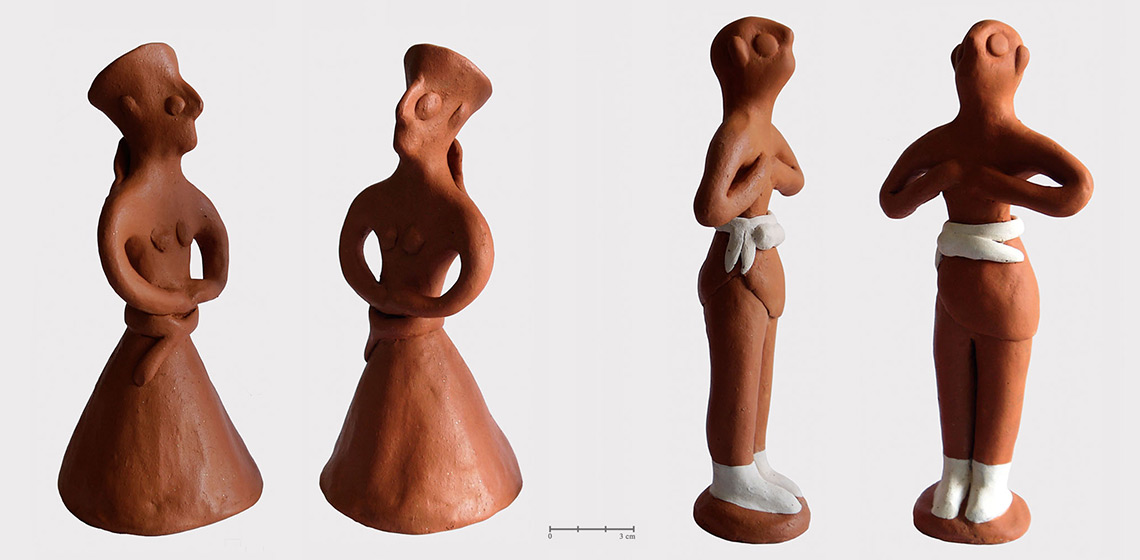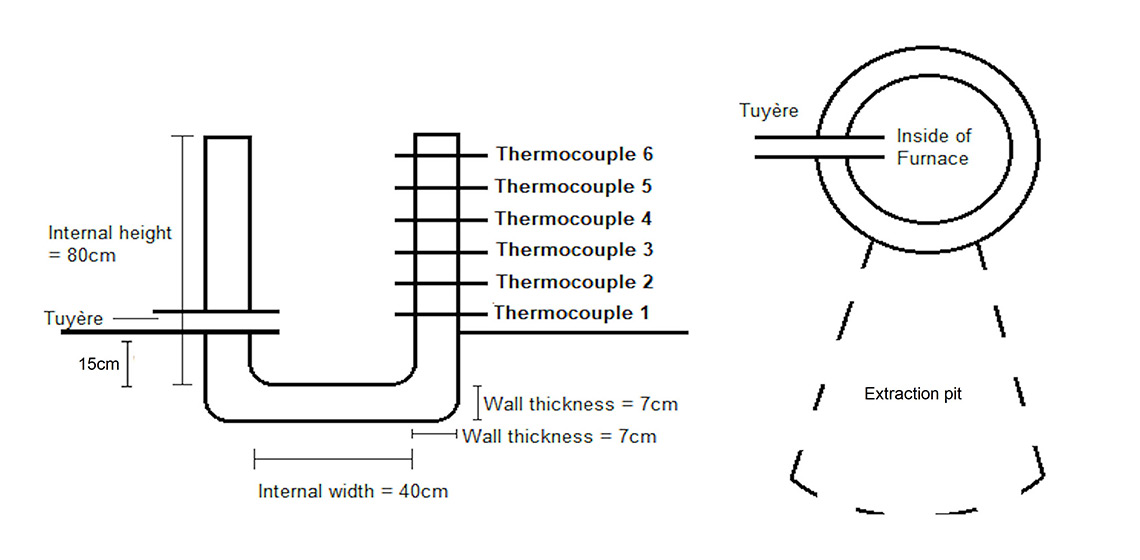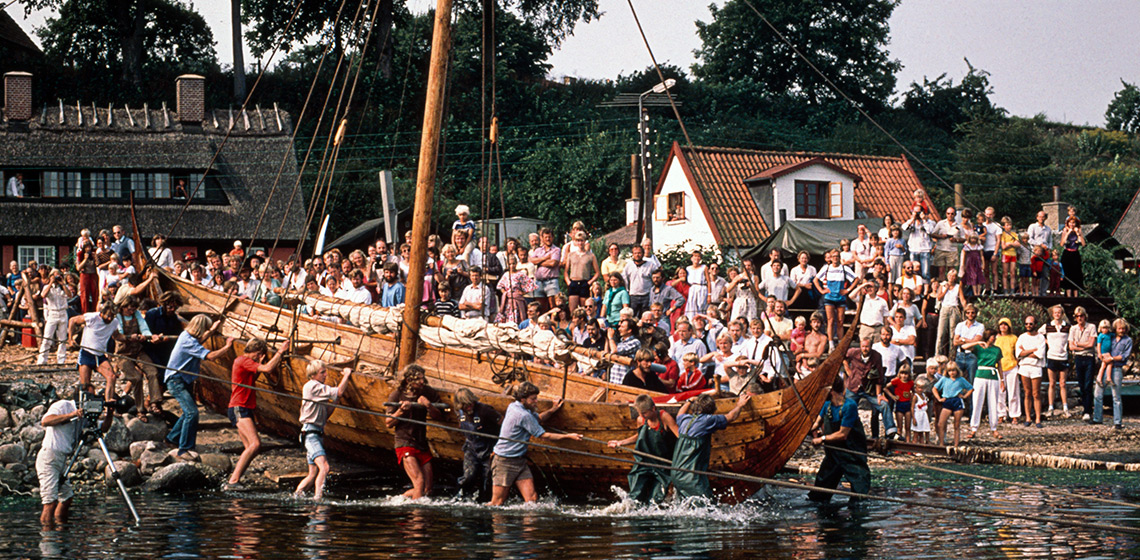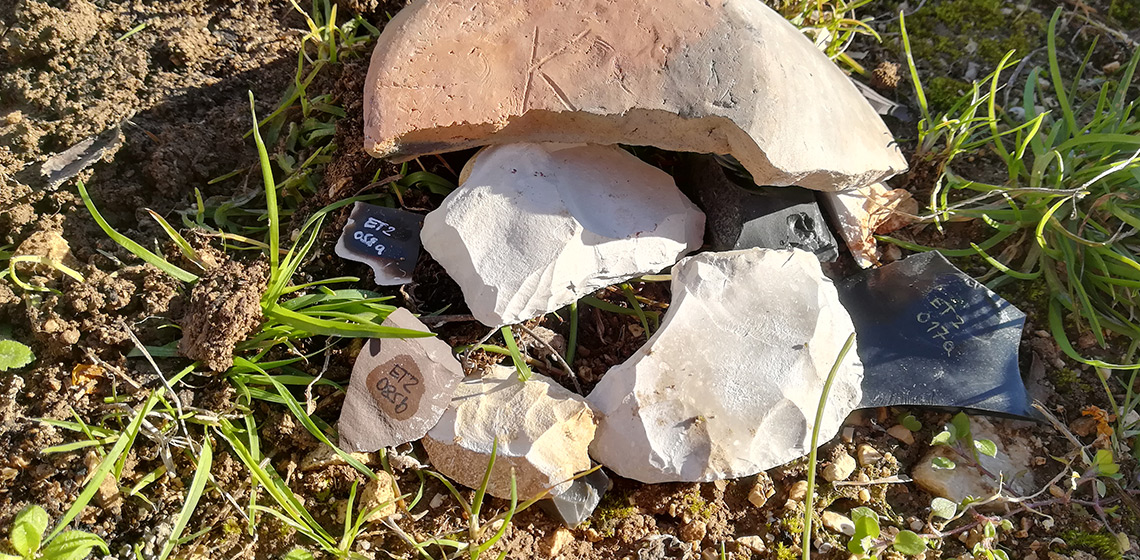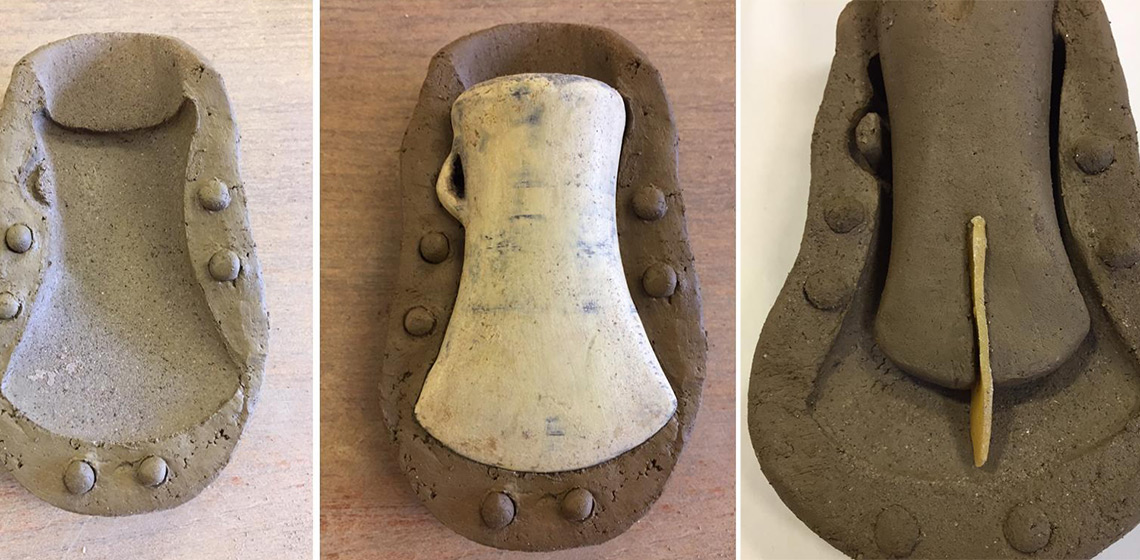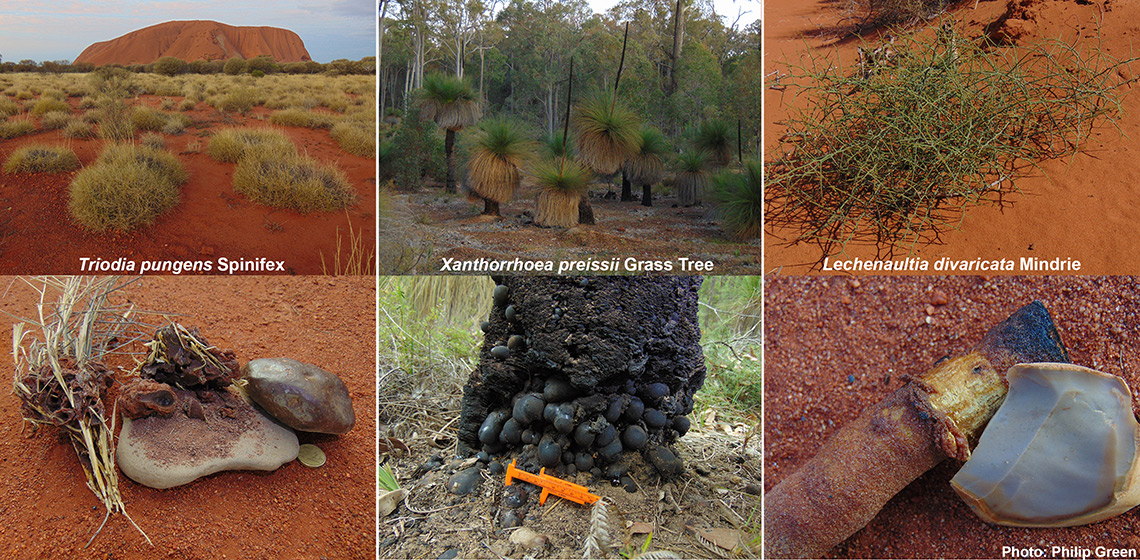Experimental Research on the Neanderthal Musical Instrument from Divje Babe I Cave (Slovenia)
***The supposition that an unusually perforated femur of a juvenile cave bear found at the Divje babe I Palaeolithic cave site in Slovenia could be a musical instrument led to heated debates. According to its archaeological context and chronostratigraphic position, if made by humans, it could only be attributed to Neanderthals...
